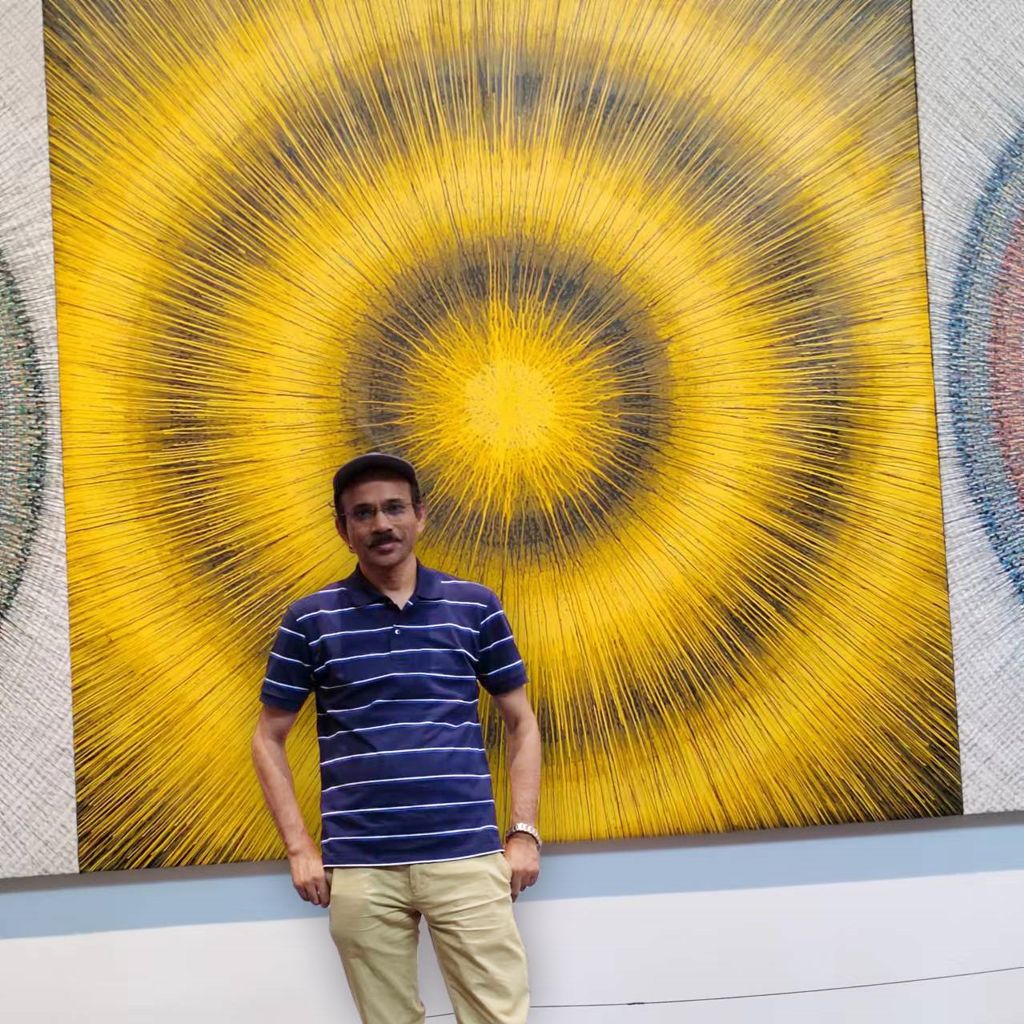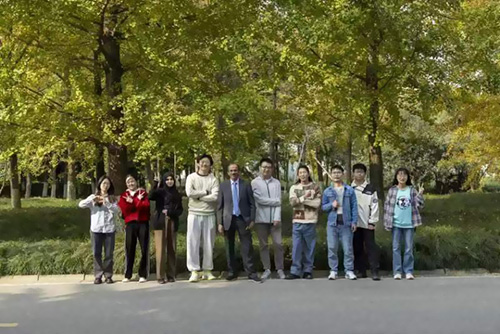Arup Neogi
University of Electronic Science and Technology of China, ChinaFor pioneering contributions to ultrafast and nonlinear effects in semiconductors and sustained global research in photonics and phononics.

Arup Neogi enjoys traveling and profoundly immersing himself in a new culture. Each place he has visited has had a unique culture, and, without fail, he learns something from the people and the places he visits. His love of travel was an influential factor in his decision to become a scientist professionally. As a child, Arup was drawn to science. He was intrigued by nature and astronomy and remembers wondering why fireflies blinked their lights on and off. As he progressed through school, he learned about lasers, which were the size of whole buildings at the time, and wondered whether they could be made smaller. While his career led him down a different research path, he was inspired by the prospect of making things smaller, ultimately leading him to his current work in nonlinear optics.
Arup leads a large group at the University of Electronic Science & Technology China, focusing primarily on creating photonic chips and nanophotonics for various applications. Specifically, “he has developed novel mechanisms for directing the light energy in desired directions using plasmonic nano-antennas or nonlinear effects in dielectric antennas/metasurfaces.” One growing area the group is interested in is manipulating sound using light for deep-sea communications and ultrasound imaging. Light and sound move at very different frequencies, so to cause an interaction, they must manipulate the medium. Can we reverse the direction of sound with a flash of light? Arup’s group is trying to figure out just that. Pushing even further, he looks to the future as manipulating quantum states with photons or using quantum biology to understand better how neurons communicate in the brain.
Mentoring has been essential to Arup’s career since he was a student. Osamu Wada led one of Arup’s groups when he was starting out in Japan and taught Arup about work ethic, how to share research for a wider audience and translate fundamental photonics into technological applications. As a mentor now, Arup strives to tailor his guidance to each student. He shares, “All my students are from different places and cultural backgrounds, so I cannot have the same yardsticks or expectations from everyone. I feel that as a mentor, it's my responsibility to ensure that my students and postdocs succeed in their future endeavors, whatever that might be.” One challenge he faces is translating his own cultural expectations in his current position. Now more than ever, he’s learning from his students as much as they learn from him.
He tells his students to be passionate about their work and to try to find interesting research topics. He is mindful that the more deeply you explore any topic, the more challenging the research becomes. “Perseverance is key,” he shares.
Arup thoroughly believes in “Photonics without borders.” Due to the high level of internet-enabled interaction, Arup thinks there are endless opportunities to collaborate and work with others beyond your immediate surroundings. Over the course of his career, Arup has worked at institutions in four nations, with international collaborations at each, which have connected him with scientists on almost every continent. He shares, “The thing that took me around the world was finding complementary skills and experiences that provided the next opportunity.” He goes on to share that Optica was an essential part of helping him identify and network with collaborators all over the globe, and he is grateful for all of the many opportunities he’s had through the society.
Photo Credit: Arup Neogi
Profile written by Samantha Hornback

Above: Arup's group, 2024
